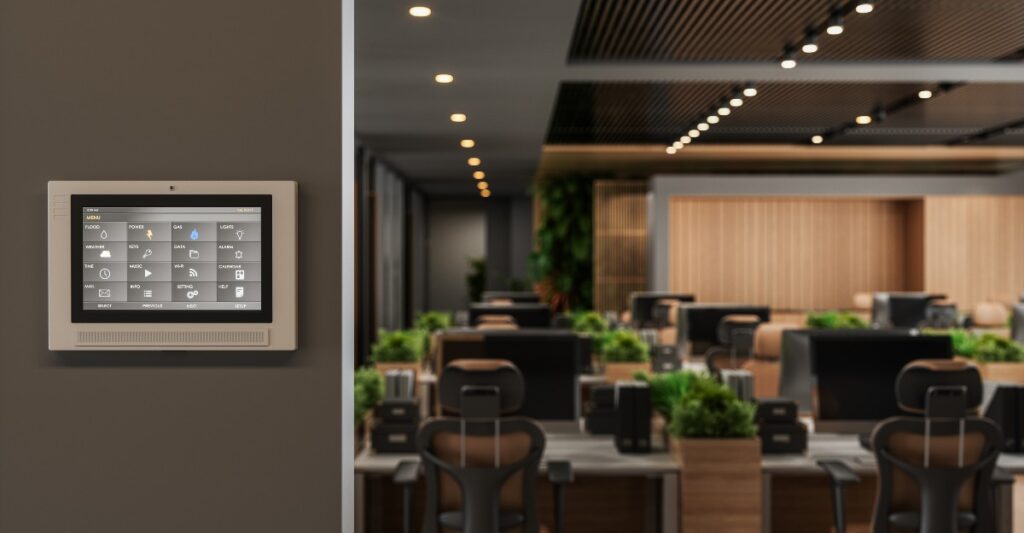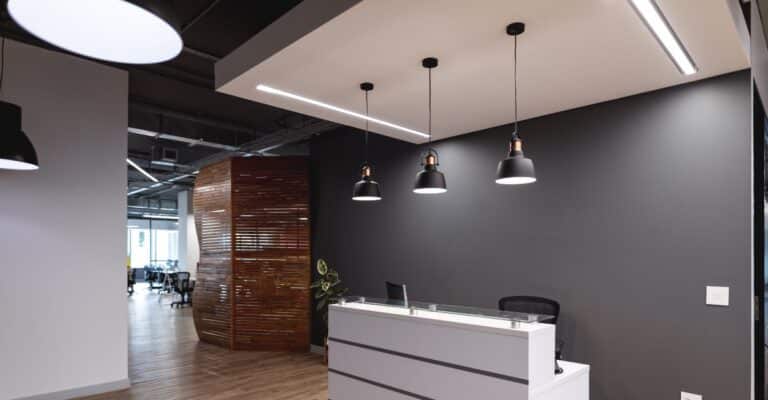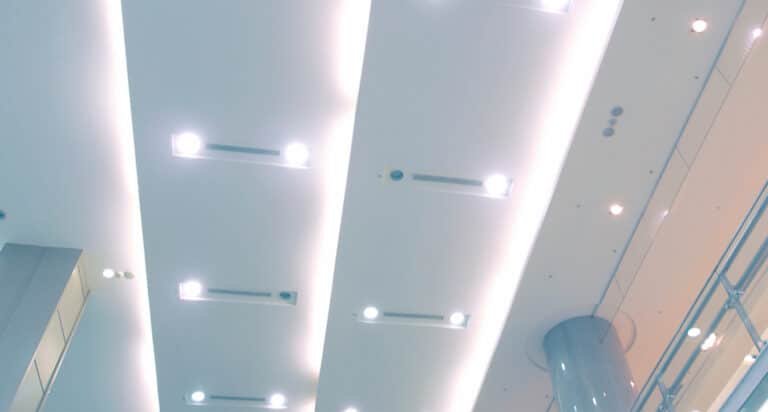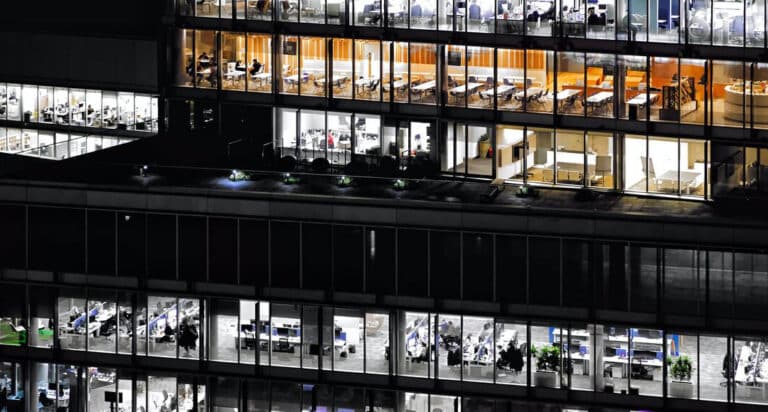Forward-thinking companies are upgrading their old lighting systems with modern controls to save energy and reduce costs. In this blog, we look at some of the top energy-saving lighting controls for your building.
With growing fears of a recession, companies are looking for effective ways to save money. But commercial buildings are responsible for 18 percent of primary energy use in the U.S. That equals 18 quadrillion British thermal units (Btu) and $190 billion in energy costs per year.
Why is this happening? A primary factor is that older commercial buildings have outdated lighting systems that consume more energy. Fluorescent lights and manual controls make it harder for facility managers and building owners to maintain efficient energy use.
One solution is to implement energy-saving lighting controls, which offer various capabilities:
- Turn the lights on and off using a switch
- Adjust light output and source color
- Generate data for measuring and monitoring
But every commercial building is different. With so many lighting controls options available, each with its unique uses and benefits – how do you know where to start? To make things easier, we put together a list of some of the best energy-saving lighting controls solutions.
#1. Occupancy Sensors
Occupancy sensors are motion detection devices that turn the lights on or off depending on whether a person is in the area. This helps to reduce unnecessary energy consumption. For example, occupancy sensors will only turn the lights on when someone enters and remains in a room. But once that person leaves, the occupancy sensors will detect that the room is no longer occupied and turn the lights off.
Some occupancy sensors go a level deeper and work with your HVAC system to automatically adjust the temperature in the space. Much like how the sensors will turn the lights on when someone enters the room, the HVAC system will also turn on once a room is occupied. And when the room is empty, the HVAC system turns off. This approach helps to conserve even more energy and save you money.
For even more efficiency, many facility managers are transitioning to vacancy sensors. Vacancy sensors only turn the lights off when vacancy is detected, requiring occupants to turn the lights on manually when they enter the room. This prevents the unnecessary wasting of energy just because someone pokes their head into a room or walks by an open door, tripping the occupancy sensor.
Many occupancy sensors can be converted into vacancy sensors through programming (and perhaps something about how we can help). Here are a few popular types:
- Infrared sensors detect changes to an area within their line of sight.
- Ultrasonic sensors detect motion by utilizing high-frequency sound.
- Dual-technology sensors detect motion through temperature and high-frequency sound.
If you aren’t sure which type of sensor to use for your commercial building, work with a commercial lighting controls consultant. They can help you design, install and program the sensors.
#2. Dimmers
A dimmer device allows you to control how bright your lights shine. By dimming your lights, you reduce the amount of wattage used, which helps to conserve energy. While you can operate a dimmer manually, it’s recommended to set up automatic sensors or timers for better efficiency.
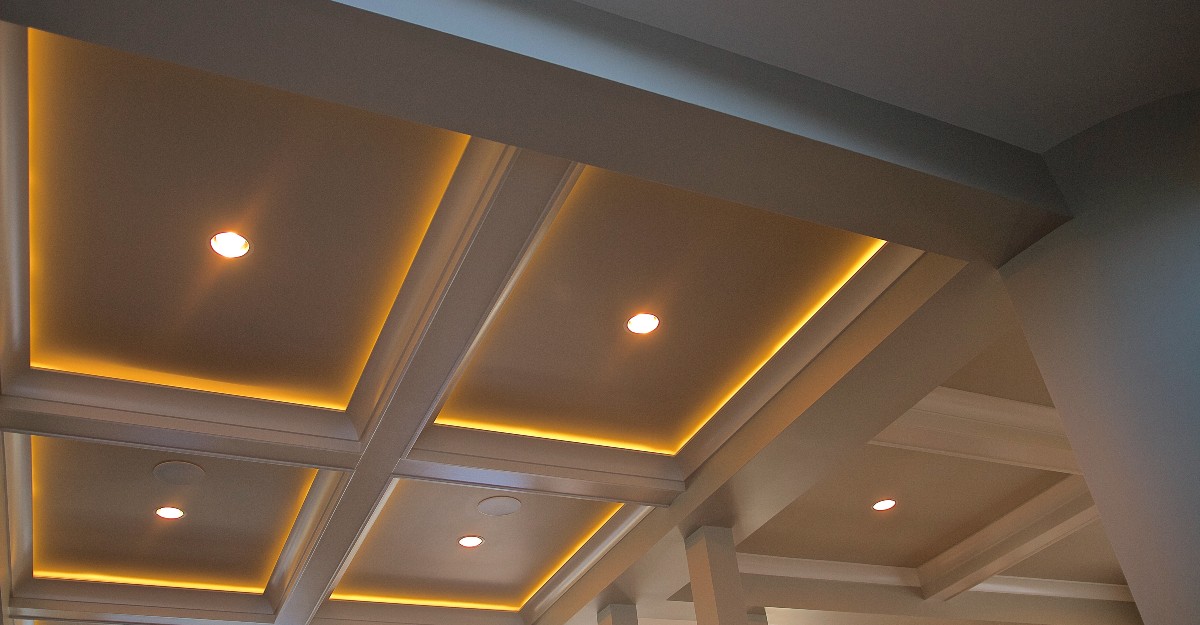
Keep in mind that for your dimmer to be energy-efficient, it helps to have the right kind of light. Dimmable LED lights are optimal because they are easy to control, last a long time, and can create the right ambience for your space.
#3. Task Tuning
Task tuning, also known as institutional tuning or high-end trim, is the process of controlling the lighting in your space to meet the recommended Illuminating Engineer Society (IES) lighting levels.
But what does this mean?
The IES publishes lighting standards so users can set their lights at the most energy-efficient levels. This is especially helpful for commercial buildings, which are often overlit.
With task tuning, you can accomplish a couple of things at once. First, you can reduce the lighting levels in your building so that it’s at your workers’ preferred brightness level. Second, you’re able to save money on energy costs consistently. One study found that task tuning can save 36 percent of dimmable lighting in an overlit office.
#4. Bi-Level Switches
Bi-level switching is the process of separately circuiting alternate rows of lights so that you can independently control each row. For example, if your lamp fixture has three rows of lights, you can turn on the outer lights and keep the middle one off to conserve energy. One study showed that a bi-level switch with an automatic off saves 46 percent of energy use compared to a lighting system that’s only controlled by an occupancy sensor.
Bi-level switches empower your employees and guests to control how much light they have manually. So, for example, if you don’t like having a lot of light when you’re working on a computer, you can utilize bi-level switching to create a more comfortable ambience without affecting your coworkers and vice versa.
#5. Daylight Harvesting Systems
Daylight harvesting systems allow you to control the amount of electric lighting used in a space based on how much natural lighting exists. This type of lighting control uses a light sensor to measure the amount of natural light before adjusting the electric light output. For best results, ensure the light sensors are calibrated properly before use.
Conclusion
Energy-efficient lighting controls help you consume less energy, and thus, reduce energy expense. There are many options out there, but some of the better ones to consider are occupational sensors, dimmers, task tuning, bi-level switches, and daylight harvesting systems. Each has its own perks, but all can save you big bucks.
If you want to save even more headaches, work with a commercial lighting controls consultant when it comes to design, upgrading and implementation of the new system. They have the knowledge and expertise to keep your lights on when no one else can.
Need more energy-efficient lighting controls? Get in touch to discuss your needs with one of our lighting solutions experts.
